Louise Banks is an ideal part – nuanced, powerful, not a sexual object. Yet, it can be challenging for a young, conventionally attractive actress to get such roles. Inexperience is usually the main reason for a younger actress losing a role to someone older; rarely is an industry newcomer more talented than someone who has been honing their craft for a decade or more. Presentation is another factor. Actresses known for being “sexy” often have a hard time casting that reputation aside. (In Amy Adams’ case, that was never part of her personal brand, making the transition out of meat-market roles easier for her.) On top of that, often, the “better” parts are treated as consolation prizes for women who have passed from the ingenue stage to the status of a “mature” woman. Young actresses get roles which put their youth and physical beauty on display, while “older” women, whose aging bodies are not considered as sexually desirable by the culture at large, get the Oscar-buzz characters. Now in her 40s’, Adams qualifies by Hollywood standards.
Adams is not the first actress to experience this phenomenon. Julia Roberts’ career is a prime example. Her roles in Mystic Pizza (Petrie, 1988), Pretty Woman (Marshall, 1990), Notting Hill (Michell, 1999) and Runaway Bride (Marshall, 1999) are all very typical for a beginning actress. Erin Brockovich (Soderbergh, 2000) started to reveal Roberts’ potential beyond the cutesy romantic lead with a big smile. Now she has a varied resume.
Amy Adams’ gradual shift in roles is interesting to study just from the standpoint of tracking her career, but it is also important on a systemic level. So many of the well-loved films for women – Adams’ and others – feature and reward a “typical” portrayal of femininity: bubbly, middle\upper-class, pretty, and white. This latter half of Adams’ career praises the subtleties of femininity without holding women – especially older women – to an unrealistic standard. It’s good for women to be loud and sexy and messy onscreen, in the vein of a Jennifer Lawrence or a Melissa McCarthy, but not all women are capable of all of that all the time. With her recent contributions to film, Adams affirms a more contemplative femininity, one rich with the complexities of being female in multiple times and places.
Works Cited
Dargis, Manohla. “Review: Aliens Drop Anchor in ‘Arrival,’ but What are Their Intentions?” The New York Times https://www.nytimes.com/2016/11/11/movies/arrival-review-amy-adams-jeremy-renner.html?referrer=google_kp Accessed 4 April 2017
Miller, Julie “Meg Ryan is Moving Past Her Movie Star Days, And You Should, Too” Vanity Fair http://www.vanityfair.com/hollywood/2016/09/meg-ryan-ithaca-interview Accessed 4 April 2017
Pulchko, Kristy. “Amy Adams Reveals The Link Between American Hustle and Drop Dead Gorgeous” http://www.cinemablend.com/new/Amy-Adams-Reveals-Link-Between-American-Hustle-Drop-Dead-Gorgeous-40764.html Accessed 4 April 2017
Rich, Katey. “Why Amy Adams’ Oscar Snub Was So Surprising” Vanity Fair https://www.vanityfair.com/hollywood/2017/01/amy-adams-arrival-oscars Accessed 14 September 2017

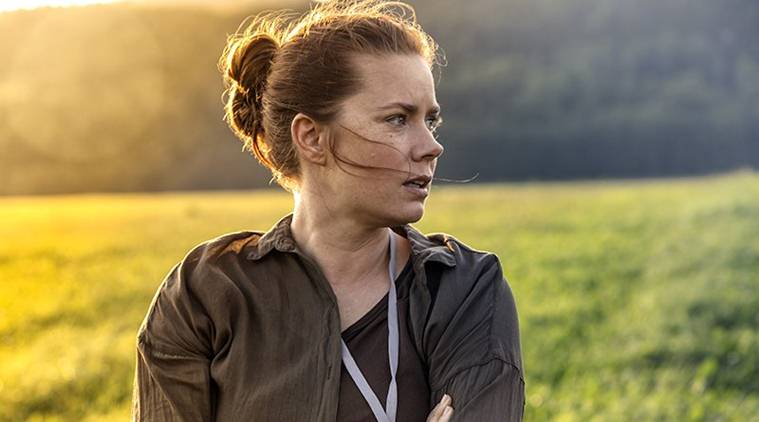

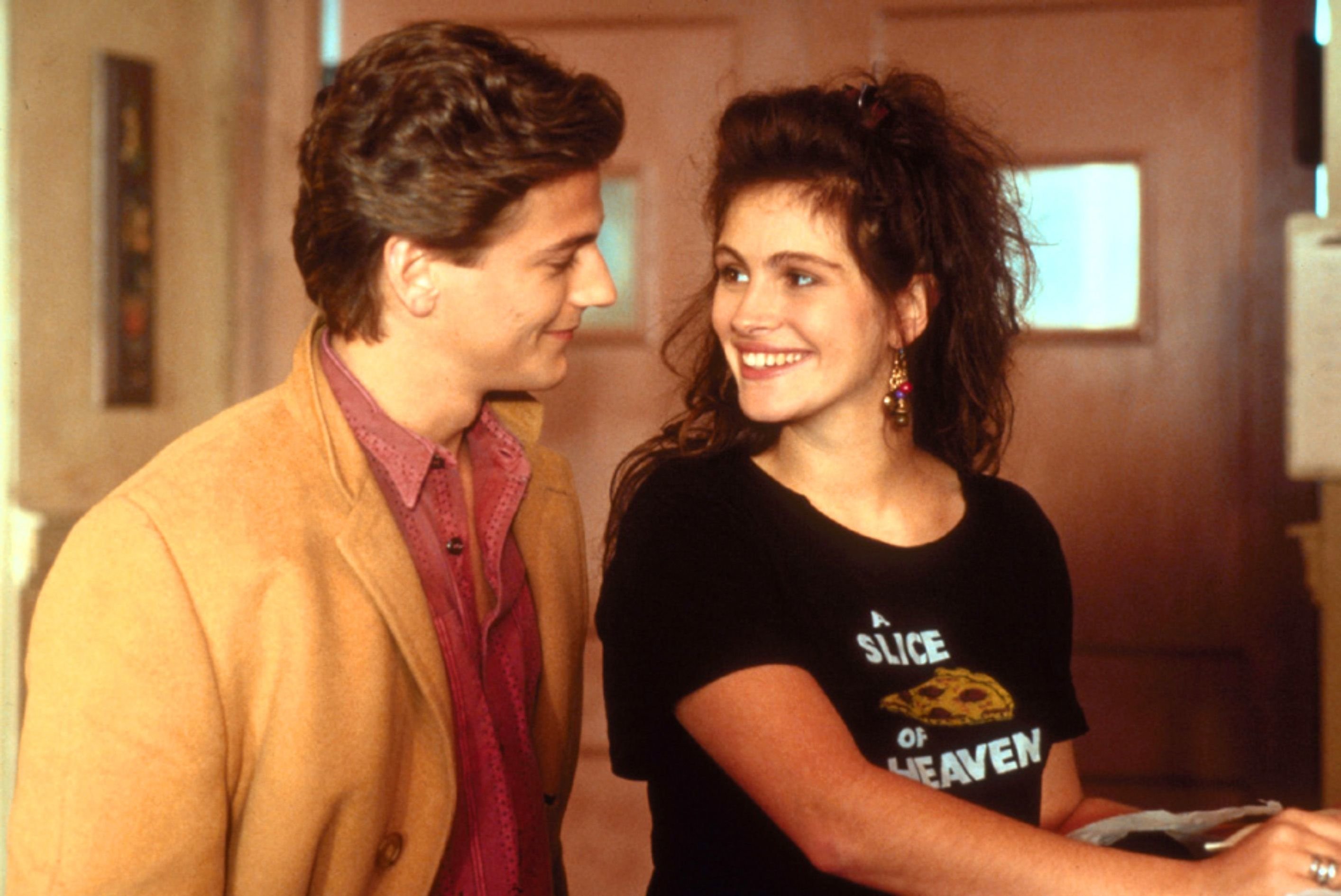
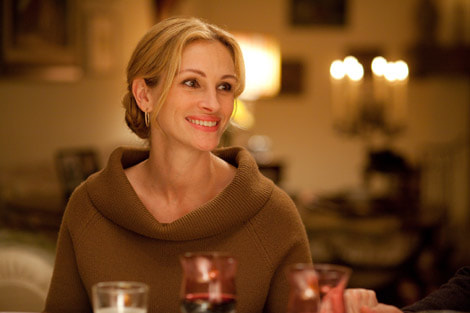
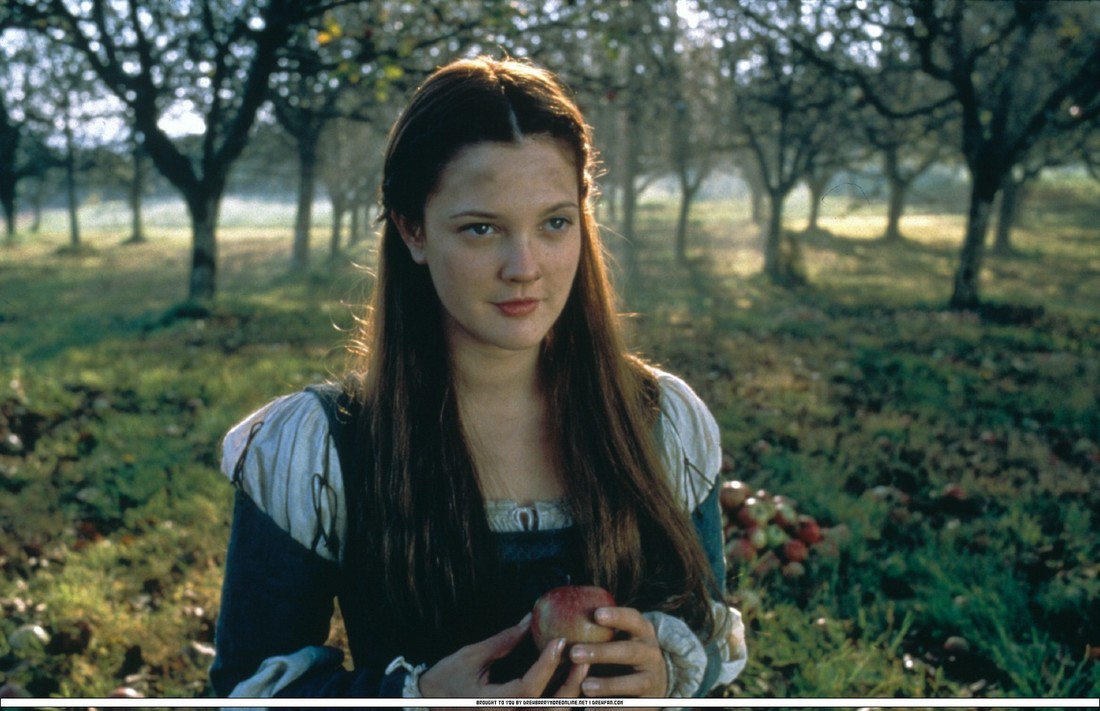
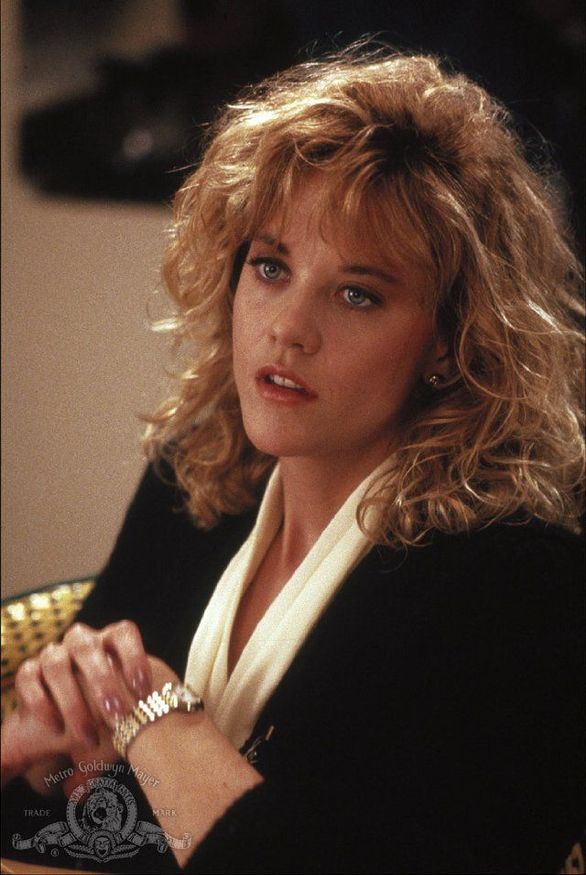
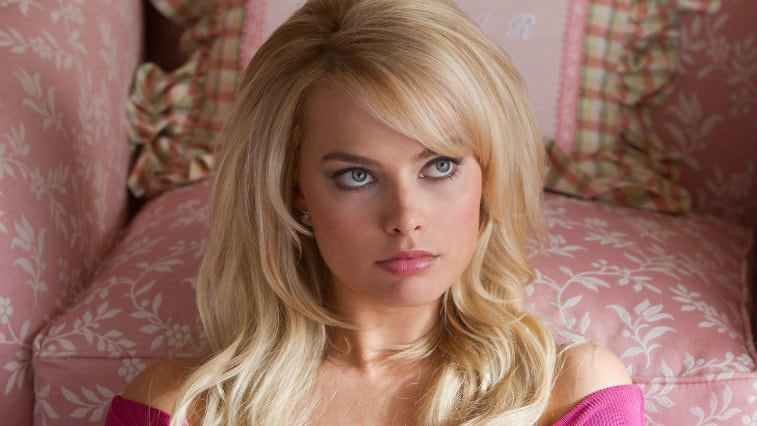
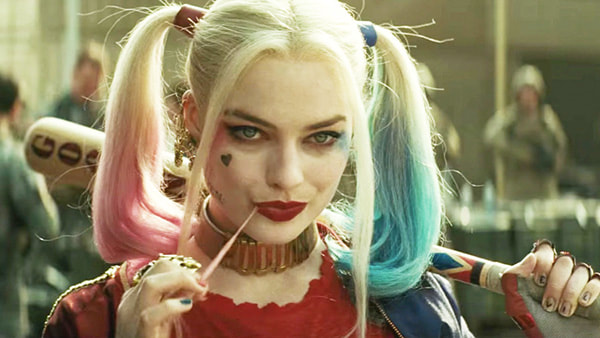
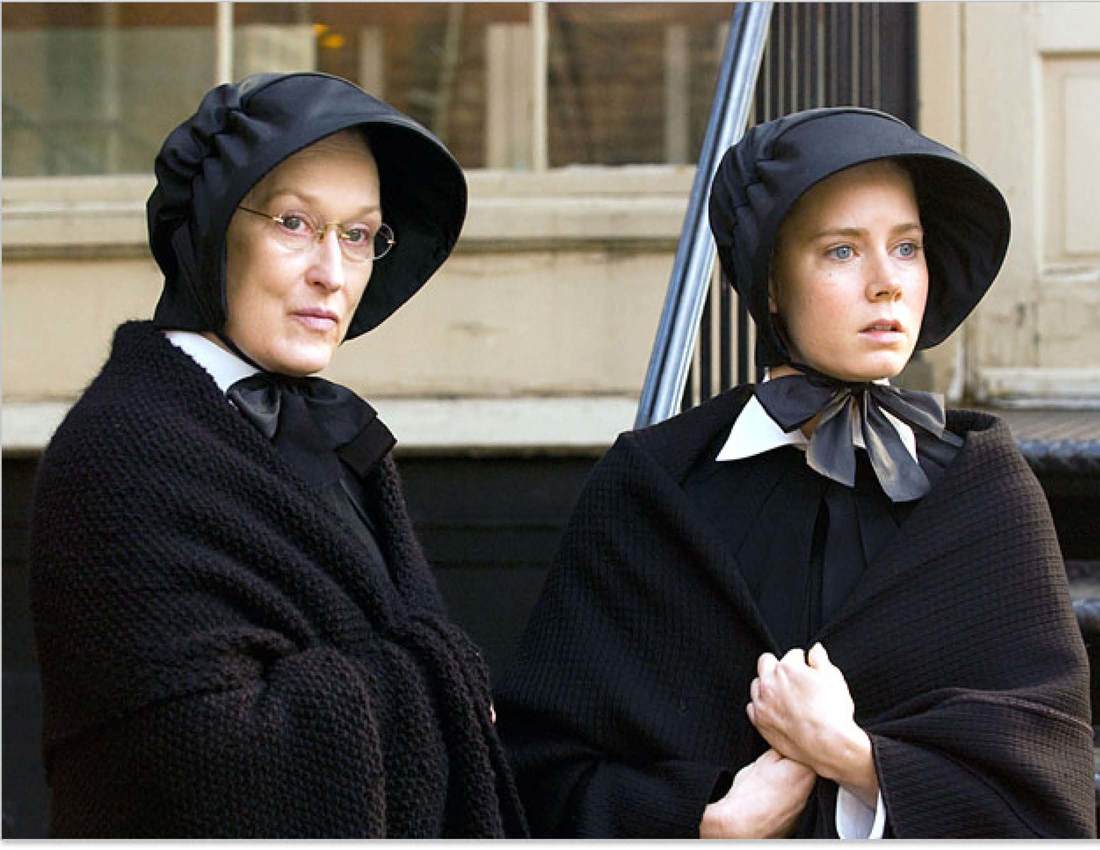
 RSS Feed
RSS Feed
